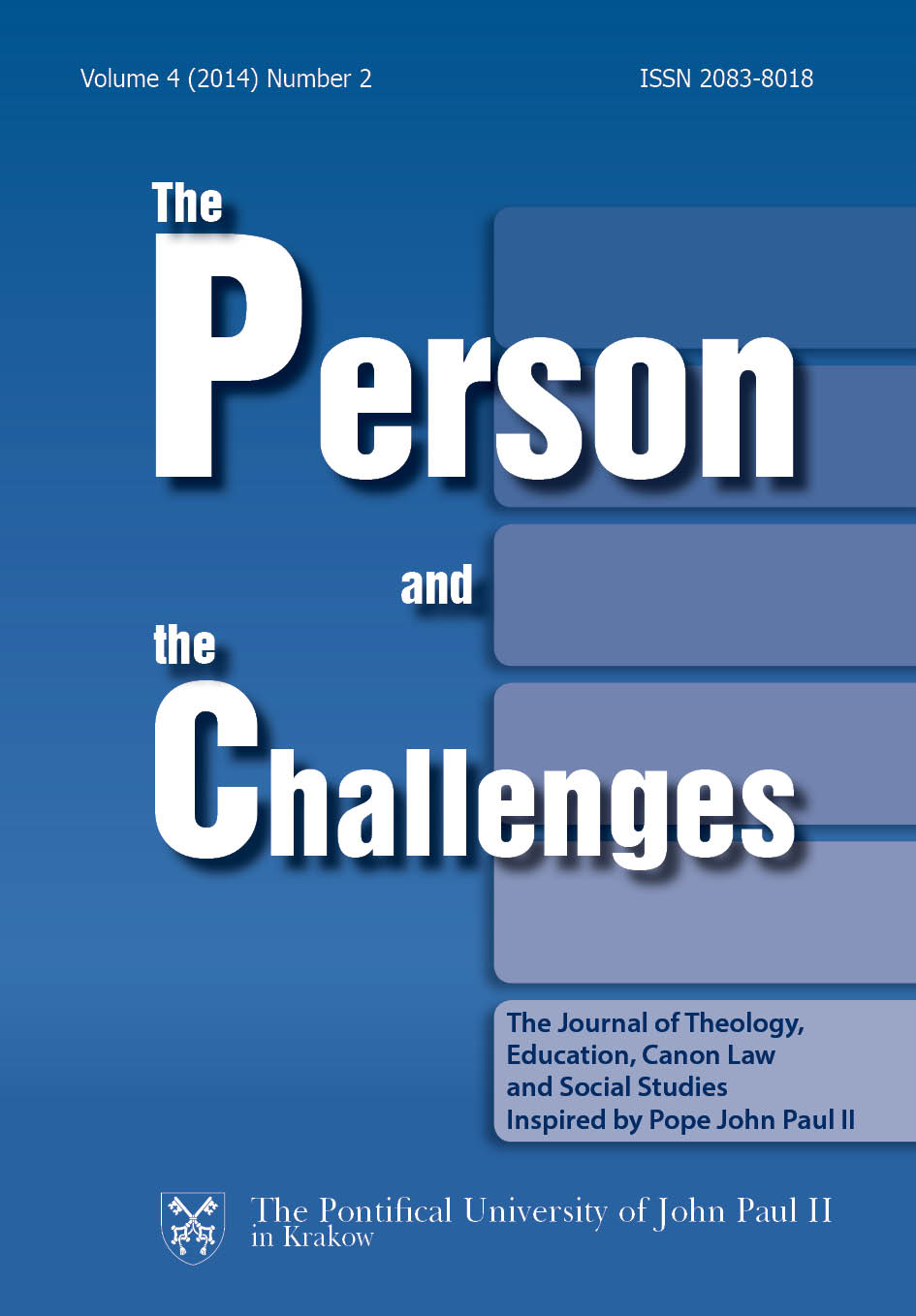Radio and the Church – a Historical Glance
DOI:
https://doi.org/10.15633/pch.668Keywords:
Radio, evangelisation, Church, mass communication, Church documentsAbstract
Radio is a very powerful mass communication medium. In radio broadcasting, one can hear the echo of Christ’s words to his apostles in the missionary discourse: “You received without charge, give without charge…What you hear in whispers, proclaim from the house tops” (Mt 10,8b.27). Although the Church uses radio as a means to transmit the Good News of salvation, and we as human beings receive radio transmissions as a part of our daily life, we barely stop to think and reflect upon the underlying aspects of radio as a means of communication. In this paper, the Author endeavours to give a historical overview of what makes radio an important medium for evangelisation according to four key documents of the Church, while also studying the underlying theological positions found in these documents. These documents enable us to study radio as a broadcasting medium, highlighting the possible reactions of the Church to radio and how the Church changed its stance on radio over the years. The reason for focussing specifically on radio is for two particular reasons: from the very beginning, the Church has considered radio as a means for evangelising the masses. Notwithstanding this, what is going to be discussing in the paper can be equally applied to Television as a mass communication medium. Secondly, the Church took an active role in radio broadcasting by asking Guglielmo Marconi himself to construct the Vatican Radio in 1931. The documents of the Church also offer us a theology of radio as a mass communication medium, with unity, progress and evangelisation being the fundamental aspects. Church documents posit that not everything should be broadcasted over radio but only messages which bring about peace and unity.
Downloads
Published
Issue
Section
License
Copyright (c) 2015 Carl-Mario Sultana

This work is licensed under a Creative Commons Attribution 4.0 International License.
Authors who publish with this journal agree to the following terms:
- Authors retain the copyright and full publishing rights without restrictions, and grant the journal right of first publication with the work simultaneously licensed under a Creative Commons Attribution 4.0 International License that allows others to share the work with an acknowledgement of the work's authorship and initial publication in this journal.
- Authors are able to enter into separate, additional contractual arrangements for the non-exclusive distribution of the journal's published version of the work (e.g., post it to an institutional repository or publish it in a book), with an acknowledgement of its initial publication in this journal.
- Authors are permitted and encouraged to post their work online (e.g., in institutional repositories or on their website) prior to and during the submission process, as it can lead to productive exchanges, as well as earlier and greater citation of published work (See The Effect of Open Access).

